Front walk and tree roots
Liz
11 years ago
Related Stories

ARCHITECTURERoots of Style: Do You Live in a Minimalist Traditional House?
Cottages, bungalows, farmhouses ... whatever you call them, houses in this style share several characteristics. See how many your house has
Full Story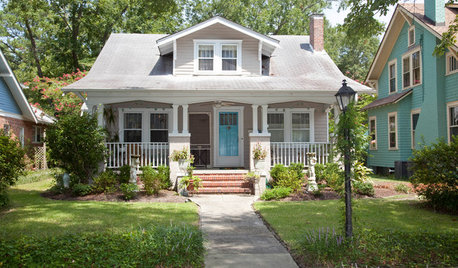
ARCHITECTURERoots of Style: Origins and Interpretations of the Bungalow
Bungalows translate effortlessly across continents and cultures to adapt comfortably to many styles and regions
Full Story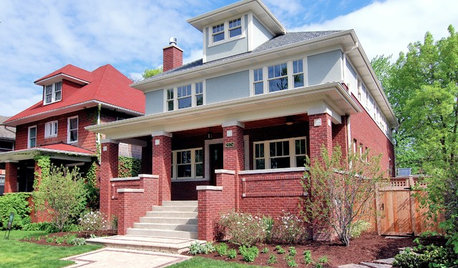
ARCHITECTURERoots of Style: The Eclectic American Foursquare
The turn-of-the-20th-century style transitioned U.S. residential architecture from the Victorian era to the modern age
Full Story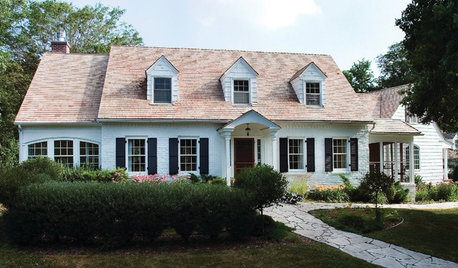
TRADITIONAL ARCHITECTURERoots of Style: Georgian Homes Offer Familiarity Through the Ages
Americans have been embracing this interpretation of classical architecture since the 1700s. Does your home show off any Georgian details?
Full Story
FEEL-GOOD HOMERejuvenate Your Home With Deep-Rooted Traditions
Give the subtle energies and spiritual side of your home some attention, and watch newfound calm and beauty blossom
Full Story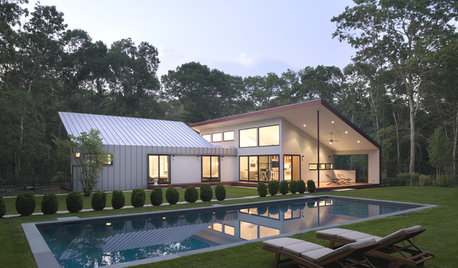
REMODELING GUIDESRegional Modern: Metro New York Shows Its Modernist Roots
10 contemporary homes outside Manhattan: Clean lines, rooted in place
Full Story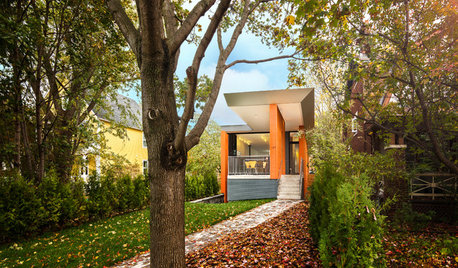
MODERN HOMESHouzz Tour: A Modern Home Rooted in Its Place
It's partially buried in the earth, but with a cantilevered roof and strong colors, this Ottawa home is anything but shy
Full Story
HOUZZ TOURSMy Houzz: Highlighting Farmhouse Roots in a Seattle Suburb
New and old mix with DIY touches in a remodeled 1928 home for a family of 6
Full Story
ARCHITECTURERoots of Style: Spanish Eclectic Homes Find a Place in the Sun
Flexible stucco, intricate tiles and more have kept this multicultural style going strong for a century
Full Story
ARCHITECTURERoots of Style: See What Defines a Craftsman Home
Charming features and intimate proportions have made Craftsman houses an American favorite. See their common details and variations
Full StoryMore Discussions








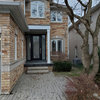

Yardvaark
LizOriginal Author
Related Professionals
Elgin Landscape Contractors · Alamo Landscape Contractors · Caldwell Landscape Contractors · Columbine Landscape Contractors · Golden Landscape Contractors · New Providence Landscape Contractors · Northbridge Landscape Contractors · Oakland Landscape Contractors · West Palm Beach Landscape Contractors · Selma Landscape Contractors · Centennial Decks, Patios & Outdoor Enclosures · Greeley Decks, Patios & Outdoor Enclosures · North Aurora Decks, Patios & Outdoor Enclosures · Oswego Decks, Patios & Outdoor Enclosures · Spokane Decks, Patios & Outdoor Enclosuresrosiew
Yardvaark
LizOriginal Author
catkim
Yardvaark
rosiew
woodyoak zone 5 southern Ont., Canada
LizOriginal Author
botann
Yardvaark